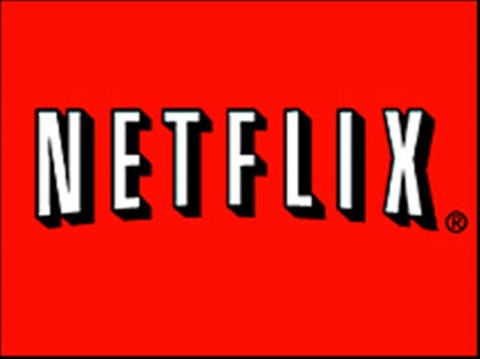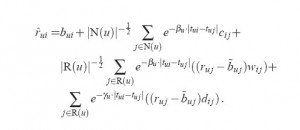

As per my previous post on the subject Netflix has done an incredible job of disrupting the video rental incumbents, particularly Blockbuster. Part of its success was moving away from the traditional physical retail channel by harnessing internet distribution – providing opportunities to improve the customer value proposition that would never have been feasible in physical stores (including personal recommendation engines and instancy). However, the former is notoriously difficult to develop and improve – the required algorithms are incredibly complex and require significant development. They are, however, very valuable to the company (allowing it to predict how much someone is going to enjoy a movie based on movies that they have enjoyed in the past). Should Netflix risk hiring an expensive team of experts to improve their algorithms, if so how would they possibly select the talent capable of making the most significant progress?
机 jī opportunity
Netflix found a creative way to avoid hiring anyone at all. Instead, on October 2, 2006 it announced a $1m prize for the first team to better its own prediction software by 10% and a series of ‘progress prizes’ of $50k for the teams that made the most progress each year. The strategy was immediately effective – within a year over 20,000 teams from over 150 countries had registered for the competition and 2,000 teams had submitted over 13,000 prediction sets. Over the same period a handful of front-runners with very different backgrounds traded first place. The competition reached its climax at the end of 2009 when a series of front-running teams decided to join forces to try to achieve the full 10% improvement. On September 18, 2009, Netflix announced team “BellKor’s Pragmatic Chaos” a merger of teams “Bellkor in BigChaos” and “Pragmatic Theory” had won the grand prize of $1m by only 20 minutes (the formula in the title is a very small excerpt). The winning entry factored in an amazing variety of variables, including the effect that human memory plays in rating and the effect of moods on ratings for different days of the week.
How About…
- In situations where the challenges or costs associated with solving your toughest problems are highest opening it up to the wisdom of the crowd?
- It wasn’t until leaders joined forces with also-rans that real progress was made in this contest – how might you drive progress by merging competing teams?
- The best solutions came from unorganized people who organized organically – how might you allow teams to self-mobilize in your organization?
- The most extreme approaches that had seemed least effective when initial progress was being made actually made all the difference in the end – how might you harness extreme perspectives to build competitive advantage?
—